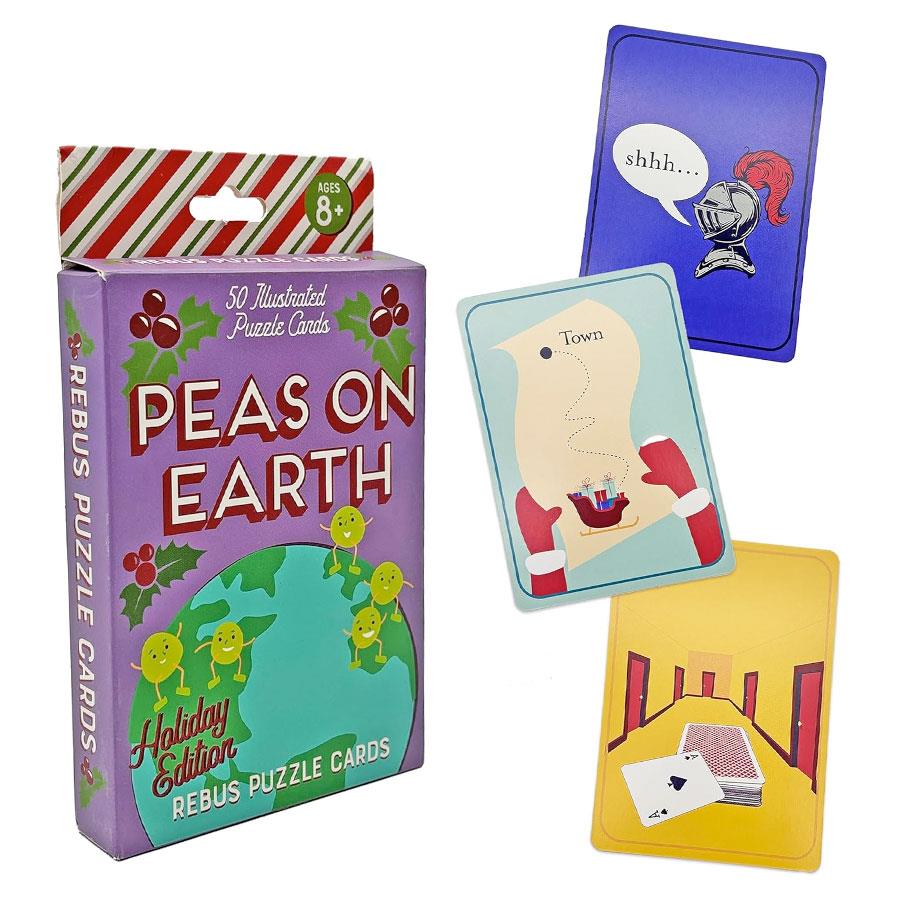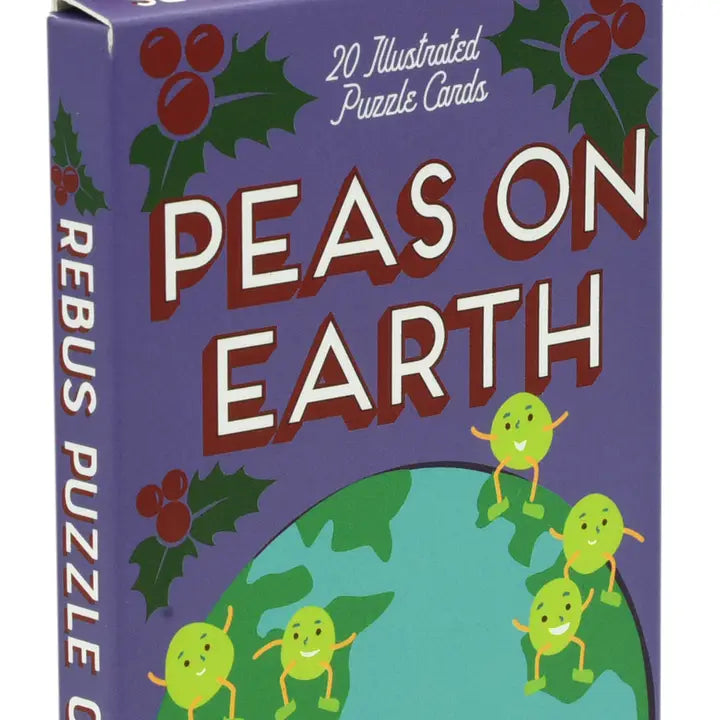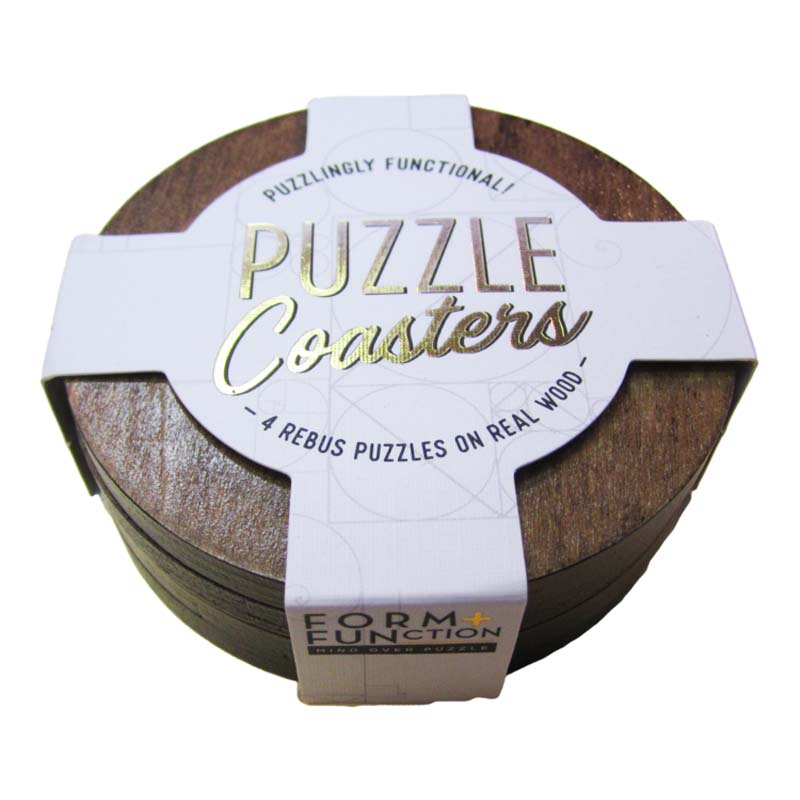What Are Rebus Puzzles?
Rebus puzzles are visual brain teasers. They use pictures, symbols, or letters to represent words or parts of words. Often, a rebus puzzle will convey a phrase, name, or common saying. Solving these puzzles involves connecting the meaning of the individual images to form a larger idea or solution.

The term ‘rebus’ comes from a Latin phrase. It means ‘by things, not by words’. In a rebus puzzle, for instance, an image of an eye followed by a heart and then a letter U represents ‘I Love You’. The solver must translate visual cues into language to crack the code.
These puzzles can range from simple to complex. Simple examples might use straightforward substitution, like a picture of a bee standing in for the word ‘be’. More difficult puzzles can involve multiple layers of meaning and wordplay. They may need a deeper level of thought to deduce the solution.
To understand how rebus puzzles are formed, consider this: a picture of an egg followed by a pan could signify the phrase ‘egg pan’ or, when read together, ‘Japan’. Recognizing the phonetic connection between the individual elements is key to solving rebus puzzles.
While rebus puzzles are fun and engaging brain exercises, they have also been used historically. They appeared in medieval heraldry and Ancient Egyptian hieroglyphs. Today, these puzzles are often seen in educational settings and puzzle books, offering an entertaining way to challenge the mind.
The Origins of Rebus Puzzles
Rebus puzzles have a rich history that dates back centuries. They first emerged as heraldic symbols in medieval Europe. Knights and nobles used images to represent their family names on coats of arms. This visual approach made it easier for people who couldn’t read to recognize ownership. For example, a family might use a picture of a bee and a leaf to symbolize the name ‘Beale’.
The concept of rebuses is even older than the Middle Ages. Ancient Egyptians used hieroglyphs, a form of rebus, in their writing. These symbols stood for sounds or ideas and paved the way for modern rebuses.
In the 16th century, France saw rebuses gain popularity as a form of entertainment. They were playful, intellectual challenges that spread throughout Europe. During Japan’s Edo period, rebuses also became a cultural pastime.
The Latin root of rebus, ‘Non verbis, sed rebus,’ translates to ‘not by words, but by things.’ This captures the essence of rebus puzzles: conveying messages through images and symbols rather than spoken or written language.
From heraldry to entertainment, rebus puzzles have evolved. Yet, their underlying principle remains the same – using visuals to express words and phrases. Today, rebus puzzles continue to captivate minds as engaging brain teasers.

How Rebus Puzzles Work
Rebus puzzles challenge the mind in a unique way. By using pictures, symbols, or letters, they require you to think visually. To solve a rebus, you must interpret the visual clues. These clues can stand for sounds, parts of words, or whole words.
The difficulty level of rebus puzzles can vary greatly. Some are simple and straight-forward. Others involve a more complex blend of symbols and require creative thinking. For instance, the picture of an eye, heart, and letter U stands for ‘I Love You’. But you might also encounter puzzles where the position of the elements changes the meaning. Vertical placement or overlap can indicate ‘on top of’ or ‘inside’.
Expanding on examples can help illustrate this. The phrase ? CHmadeINA’ refers to ‘made in China’. If we break it down, the letters ‘CH’ on either side of the word ‘made’ spell out the phrase when placed within the context of the country ‘China’. This type of puzzle uses positioning creatively to achieve the intended meaning.
Solvers often enjoy the ‘aha!’ moment. That is when the solution clicks after piecing together the puzzle’s elements. This sense of satisfaction is one of the many reasons people love rebus puzzles. They are not just entertaining, but also a great exercise for the brain.

Benefits of Solving Rebus Puzzles for the Brain
Engaging with rebus puzzles offers various mental advantages. As stimulating brain exercises, they encourage lateral thinking and problem-solving skills. Here’s a detailed look at how they benefit your cognitive functions:
- Enhances Problem-Solving Skills: Rebus puzzles demand that you look beyond the obvious. You need to think critically about the visual clues, fostering creative solutions.
- Improves Memory: Solving these puzzles often requires recall of language and vocabulary. This process can help in strengthening your memory over time.
- Boosts Verbal Skills: By translating images to words, you practice linguistic transitions. It can improve your ability to communicate effectively.
- Stimulates Mental Flexibility: Finding the solution to a rebus puzzle can be challenging. It requires a flexible mind to see multiple interpretations.
- Encourages Patience and Concentration: Rebus puzzles aren’t always solved quickly. They teach you to focus for extended periods, building patience and attention to detail.
- Provides Stress Relief: The act of puzzling can be quite therapeutic. Focusing on a rebus puzzle can take your mind off stress and offer a sense of calm.
Regularly solving rebus puzzles could sharpen the brain and enhance mental agility. By interpreting symbols to form words or phrases, these puzzles exercise parts of the brain involved in problem-solving and creativity. This makes rebus puzzles not just a source of entertainment but also a tool for maintaining cognitive health.
Tips for Solving Rebus Puzzles
Tackling rebus puzzles can be a rewarding mental workout. These tips will help you master the craft of solving them:
- Start Simple: If you’re new to rebus puzzles, begin with easier ones. Look for puzzles that have direct picture-to-word relations.
- Say It Aloud: Sometimes, saying the elements aloud can help you hear the solution. Listen to the sounds and see how they blend together.
- Break It Down: Analyze each symbol or picture. Consider what word or sound it might represent.
- Think Outside the Box: Rebus puzzles often use puns or unconventional thinking. Be open to unusual interpretations of the images.
- Use Context Clues: Some puzzles have a theme or a common thread. Use this as a hint to solve more complex puzzles.
- Keep Practicing: The more puzzles you tackle, the better you’ll become at spotting patterns and solutions.
Remember, patience is vital. Some puzzles might take longer to solve, and that’s okay. With these strategies, you’ll soon find yourself cracking even the toughest of rebus puzzles. Approach every puzzle as a fun challenge to your mind’s agility and enjoy the ‘aha!’ moments that surely follow.
Examples of Rebus Puzzles
Engaging with rebus puzzles adds fun to critical thinking exercises. Let’s take a look at some examples that can range from simple to complex, enticing the solver’s curiosity and enhancing their deciphering skills.
- Simple Rebus: A drawing of a bee followed by the letter ‘R’ might represent the word ‘beer’. This type of puzzle uses direct substitution of images for sounds.
- Complex Rebus: Consider a more challenging example, like ‘P right on top of ERSEVERE’. When you separate the elements, it spells ‘Persevere’, with the ‘P’ standing for patience which often is above everything in persevering.
- Medium-Level Rebus: Take the phrase ‘MAN BOARD’, where ‘MAN’ is standing above ‘BOARD’. This can be interpreted as ‘man overboard’, a common saying.
- Puzzle with Multiple Meanings: A picture of an eye, followed by a can, a heart, and then a light bulb. At first, it seems confusing, but if you read it aloud as ‘I can love light’, you’re on the right track. It actually stands for the phrase ‘I can’t hear a thing’, as some sounds in the words are omitted, playing with silent letters and homophones.
These examples show the vast range of creativity and logic that can be infused into rebus puzzles. By looking at the composition of objects and the potential phonetic sounds they make, one can often arrive at the answer through a delightful realization.
While these may seem tricky at first, rebus puzzles become easier as you get used to the style of thinking they require. Remember to look at the position, think of phonetics, and consider the literal and metaphorical means. Happy puzzling!
Incorporating Rebus Puzzles in Learning Activities
Incorporating rebus puzzles into learning activities can greatly enhance engagement and cognitive development. These puzzles can serve as a versatile educational tool across various age groups and subjects. Here are ways to integrate them into your learning environment:
For Language Development
Rebus puzzles are excellent for building vocabulary and language skills. Use them to encourage students to think about language in a different way, which can help with language acquisition and literacy.
- Introduce simple rebus puzzles to young learners as a fun way to recognize sounds and words.
- Challenge older students with more complex puzzles to expand their vocabulary and understanding of language nuances.
In Group Activities
These puzzles can serve as a great icebreaker or team-building activity.
- Create a rebus puzzle contest where students work in teams to solve a series of puzzles.
- Facilitate group discussions about different strategies to solve the puzzles, promoting collaboration and communication.
To Enhance Critical Thinking
Rebus puzzles require solvers to think critically and laterally, making them a natural fit for exercises that aim to strengthen these skills.
- Encourage students to create their own rebus puzzles, which requires them to think deeply about how words and images can convey meaning.
- Use rebus puzzles as a way to start discussions on topics like problem-solving and attention to detail.
As a Creative Exercise
The abstract nature of rebus puzzles can spark creativity both in solving and creating them.
- Ask students to draw or design rebus puzzles for phrases or concepts they’ve learned in class.
- Use rebus puzzles as prompts for creative writing or storytelling.
For Fun and Engagement
Never underestimate the power of fun in the learning process. Rebus puzzles are inherently engaging and can add a twist to routine classroom activities.
- Use these puzzles as brain breaks between lessons to refresh students’ minds.
- Incorporate rebus puzzles into homework assignments as a more enjoyable form of learning.
Remember to gradually increase the complexity of rebus puzzles to match the students’ comprehension levels, ensuring that they always feel challenged yet capable of finding the solutions. By integrating rebus puzzles into learning activities, you’ll add a dynamic and enjoyable component to education that enhances various cognitive skills.
Sources for Free Printable Rebus Puzzles
For those seeking to sharpen their minds with rebus puzzles, free printable options are widely available online. These resources provide an array of puzzles suited to different skill levels, making them great for personal enjoyment or as educational tools.
- Educational websites: Many sites dedicated to language and brain training offer a variety of rebus puzzles. These are often grouped by difficulty to cater to a broad audience.
- Teacher resource hubs: Online platforms for educators frequently have collections of rebus puzzles that you can print. They serve as excellent classroom activities for students of all ages.
- Puzzle communities: Online forums and social media groups focused on puzzles and brainteasers share free printable puzzles, including rebuses, for members to enjoy and discuss.
- Public libraries: Some libraries provide free activity sheets on their websites or in person. Rebus puzzles are often part of these educational resources.
Finding rebus puzzles to print is easy with a quick search, and you can select from a range of themes and complexities. In no time, you’ll have a collection of puzzles ready to exercise your brain or to use in group settings for learning and fun.
